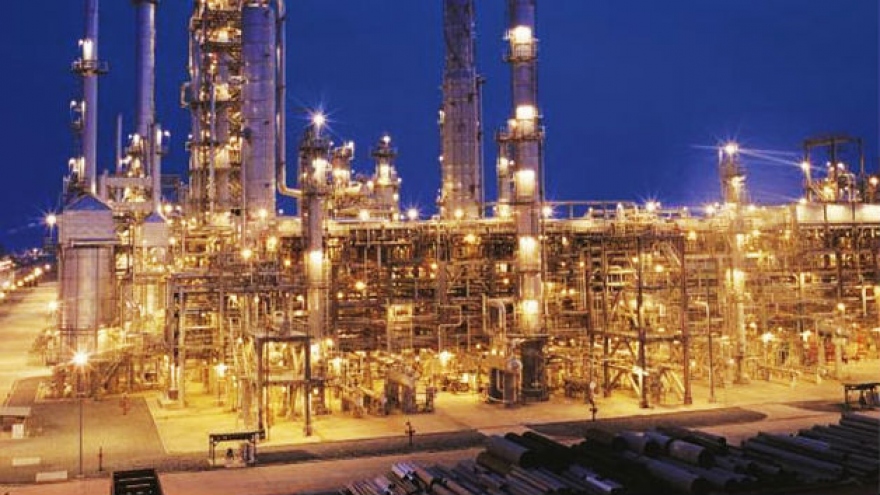Technology production needs boost
Vietnam must act quickly to improving production technologies in all industries to ensure the competitiveness of its goods and services in the international market, a recent seminar heard in HCM City.
Speaking at the seminar on Vietnam's opportunities and challenges when the Trans-Pacific Partnership agreement (TPP) comes into force held by the International Business and Law Academy, Prof Dr Don Nang, former head of the Ministry of Science and Technology's Department of Legal Affairs, said several studies have found that the TPP would create huge economic opportunities for Vietnam, especially in trade and investment.
But it would also face massive challenges since it is the least developed among TPP members, he said, adding that the "productivity, quality and competitiveness of Vietnamese goods and services are far behind that of other TPP member countries."
 |
"According to the ministry's statistics, the country has nearly 600,000 enterprises, with more than 90% of them being small and medium-sized and most of them used outdated technologies."
Little research is done in the country to innovate technologies and make modern machinery and equipment, he said.
Imports of these products have increased significantly but, according to a survey by UNDP, account for less than 10% of the country's total imports compared to 30-40% for other countries, he said.
Besides, most of the imports are from China, he said, noting that "Chinese machinery and equipment are rather old and obsolete and cause low productivity and pollution during industrial production."
He called on relevant agencies to act quickly to help businesses and sectors upgrade technologies to yield quality products and services and enable Vietnamese firms to take part in the global value chain.
"Importation of outdated technologies must stop, and speeding up training and developing skilled human resources and technological workers is an imperative," he said.
Truong Dinh Tuyen, a former trade minister, said the TPP would bring opportunities, but opportunities cannot by themselves turn into benefits or market strength.
It would depend much on how Vietnam takes advantage of the pact and copes with related problems, and only with appropriate efforts would the country be able to achieve its potential and overcome challenges, he said.
State agencies and businesses must thoroughly understand the country's commitments to other TPP member countries to avoid lawsuits, he warned.
Garment and textile sector
Le Dong Trieu, general director of the Gia Dinh Textile and Garment Corporation, said the country earned US$27.5 billion from garment and textile exports last year, a year-on-year increase of 9.4%.
Exports to TPP member countries were worth more than US$14.7 billion, he said.
Once the TPP comes into force, import tariffs would fall to zero, opening up more opportunities for Vietnamese firms to export to these countries, he said.
But there would be challenges in the form of stipulations related to origin, quality, chemical use and others under the TPP, he said.
To enjoy the benefits, Vietnam must quickly develop the garment and textile supporting industry, encouraging investors to invest in sectors that have remained weak, and develop a complete supply chain for the domestic garment and textile industry, he said.
Companies should invest more in upgrading production technologies, designs and quality to achieve a firm foothold in the global market, he said.



